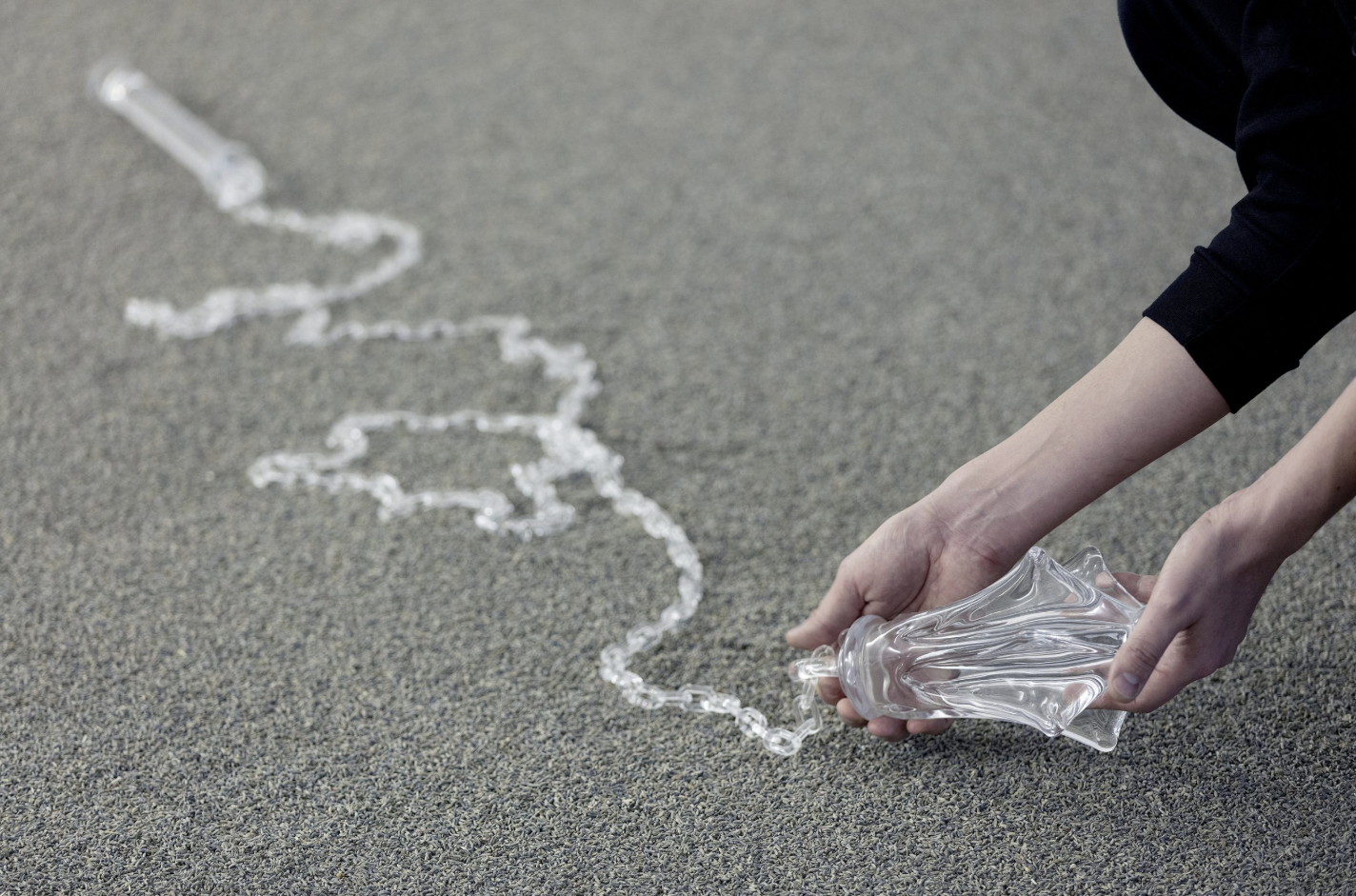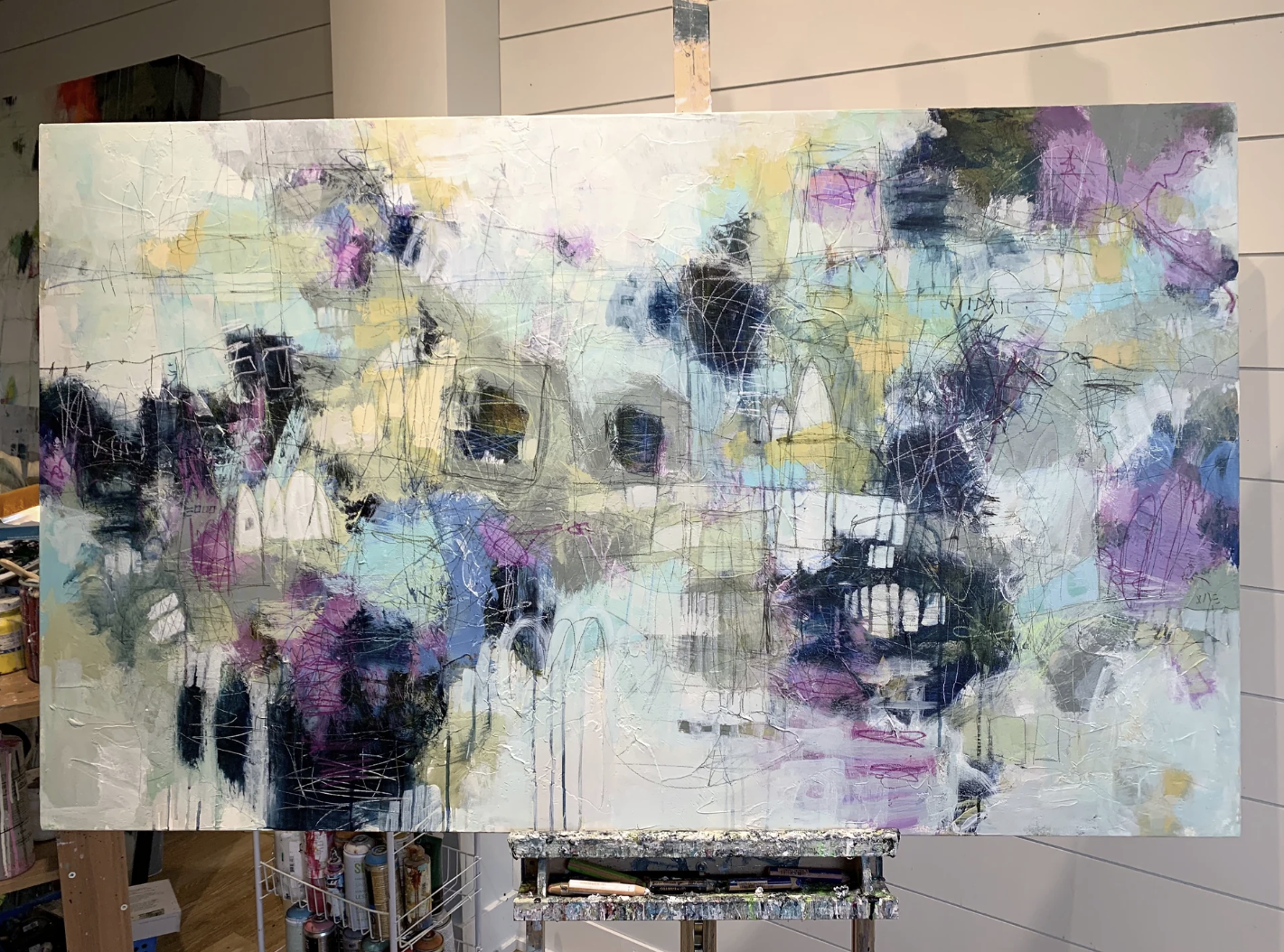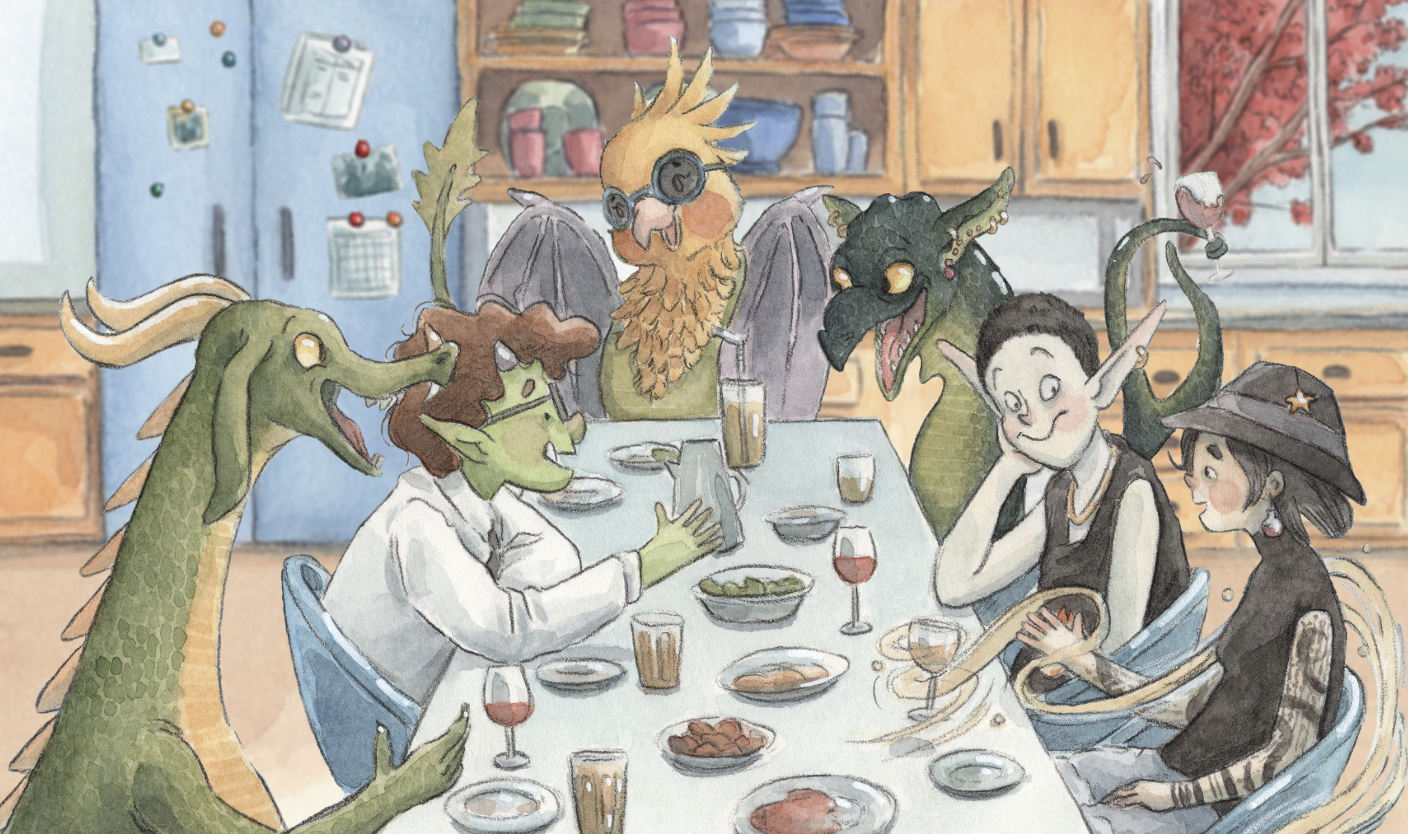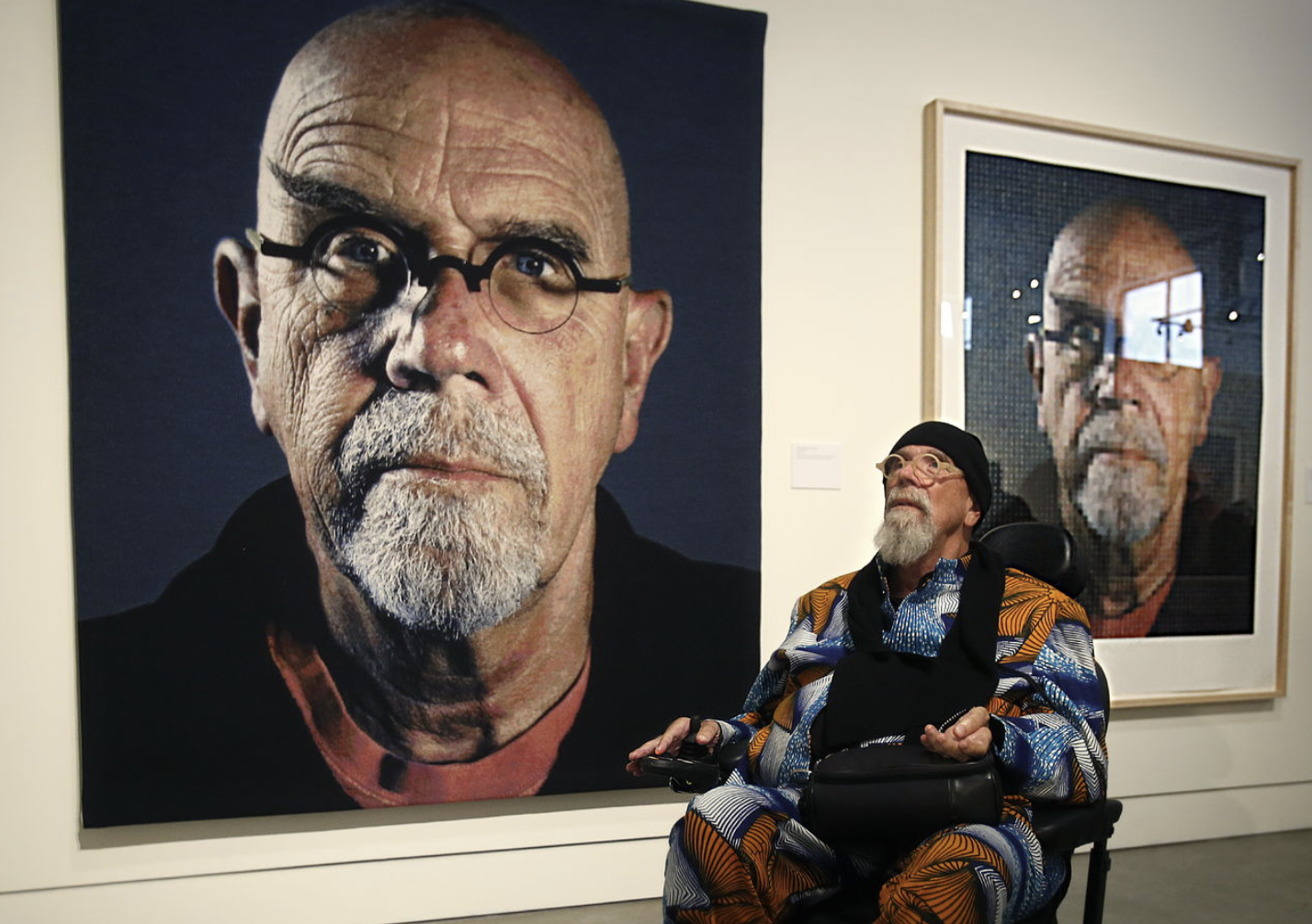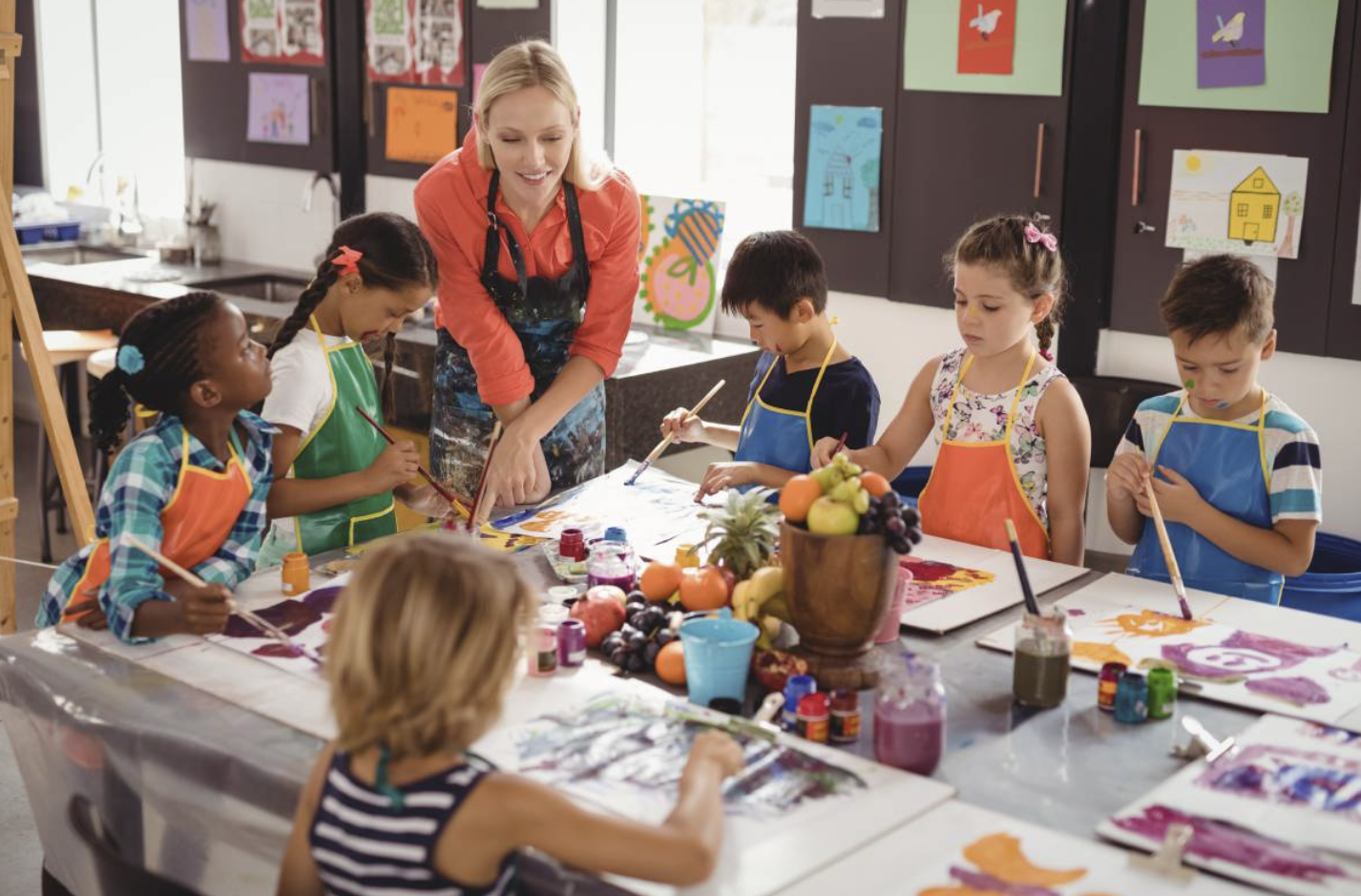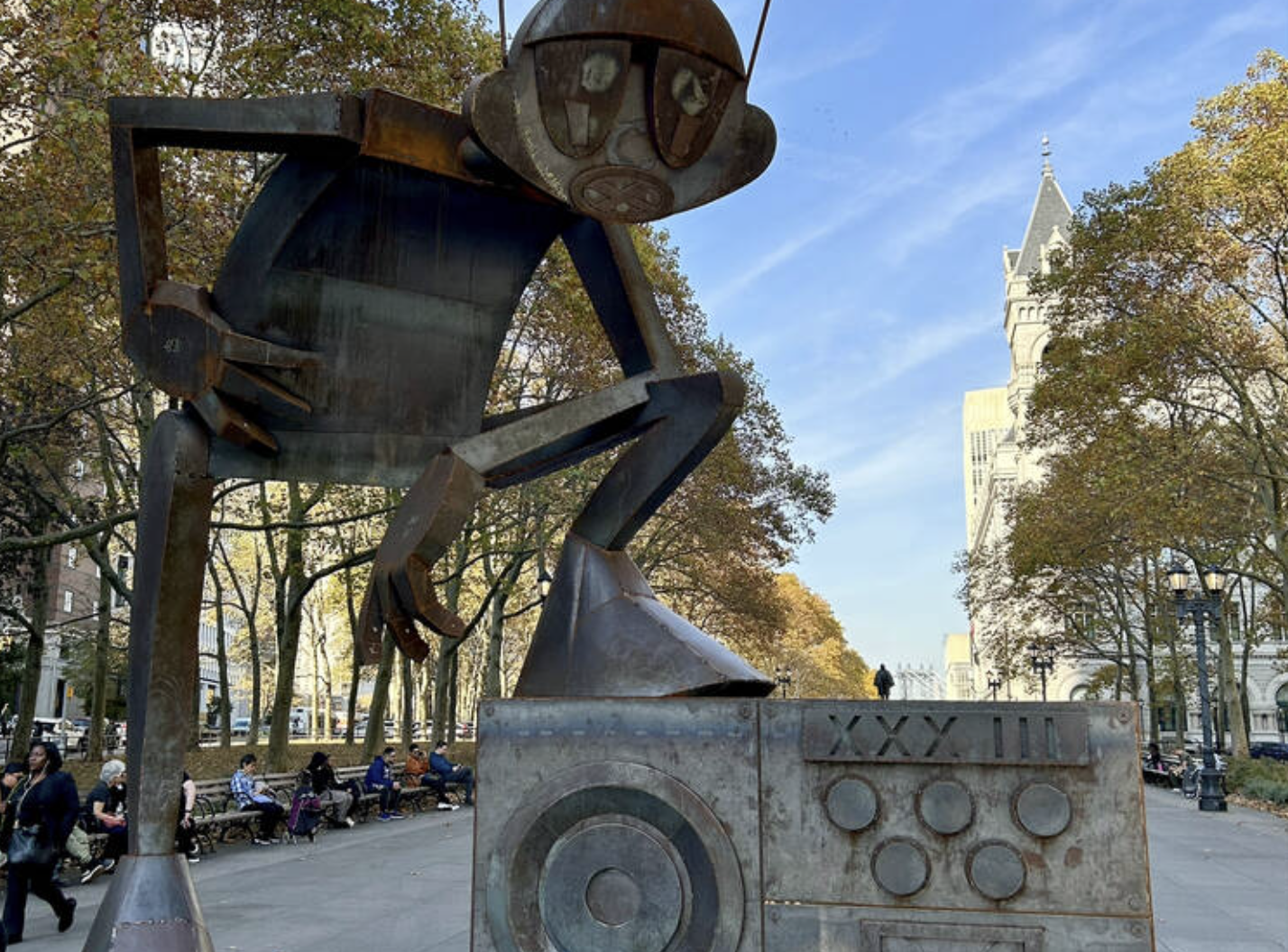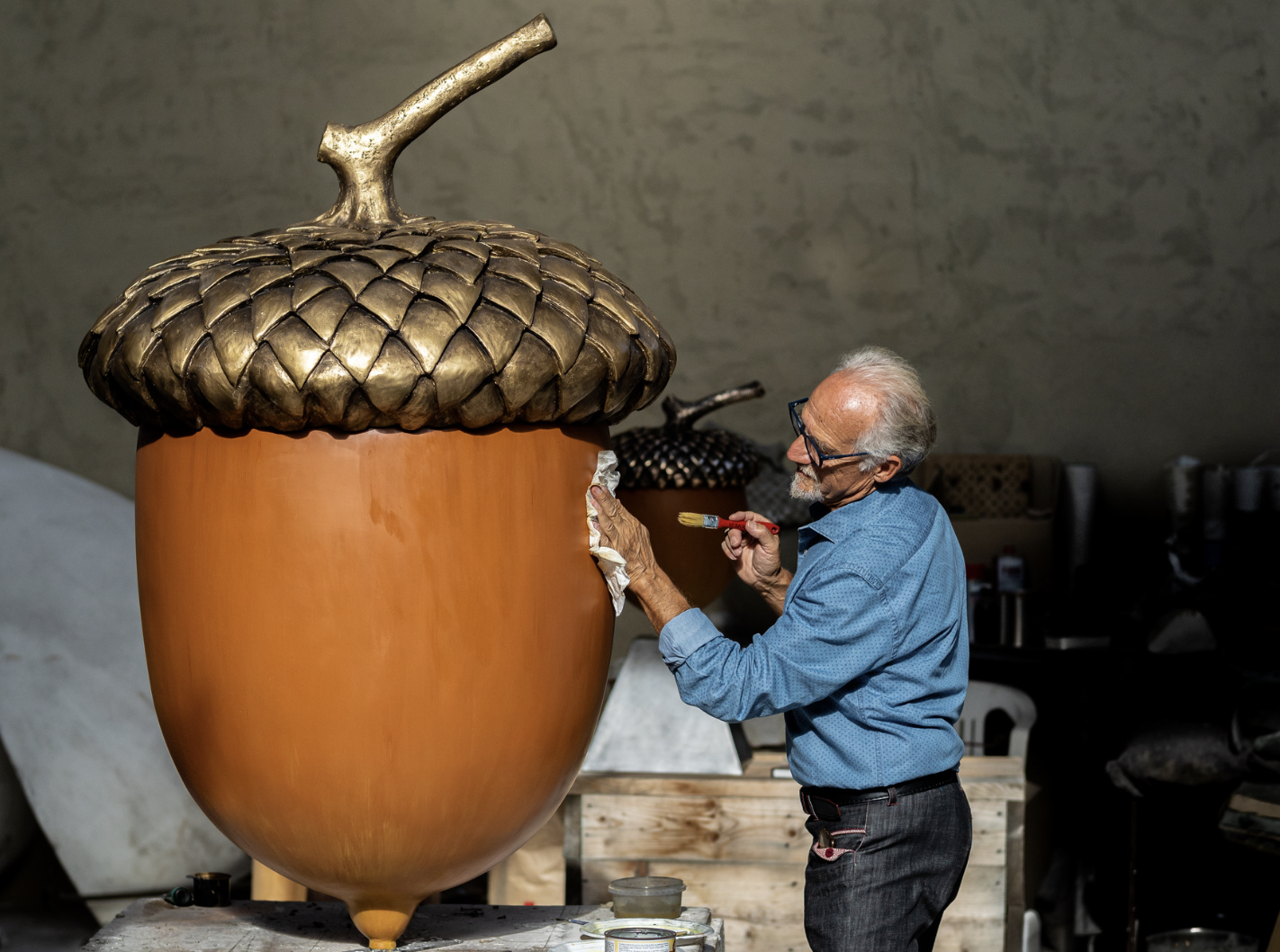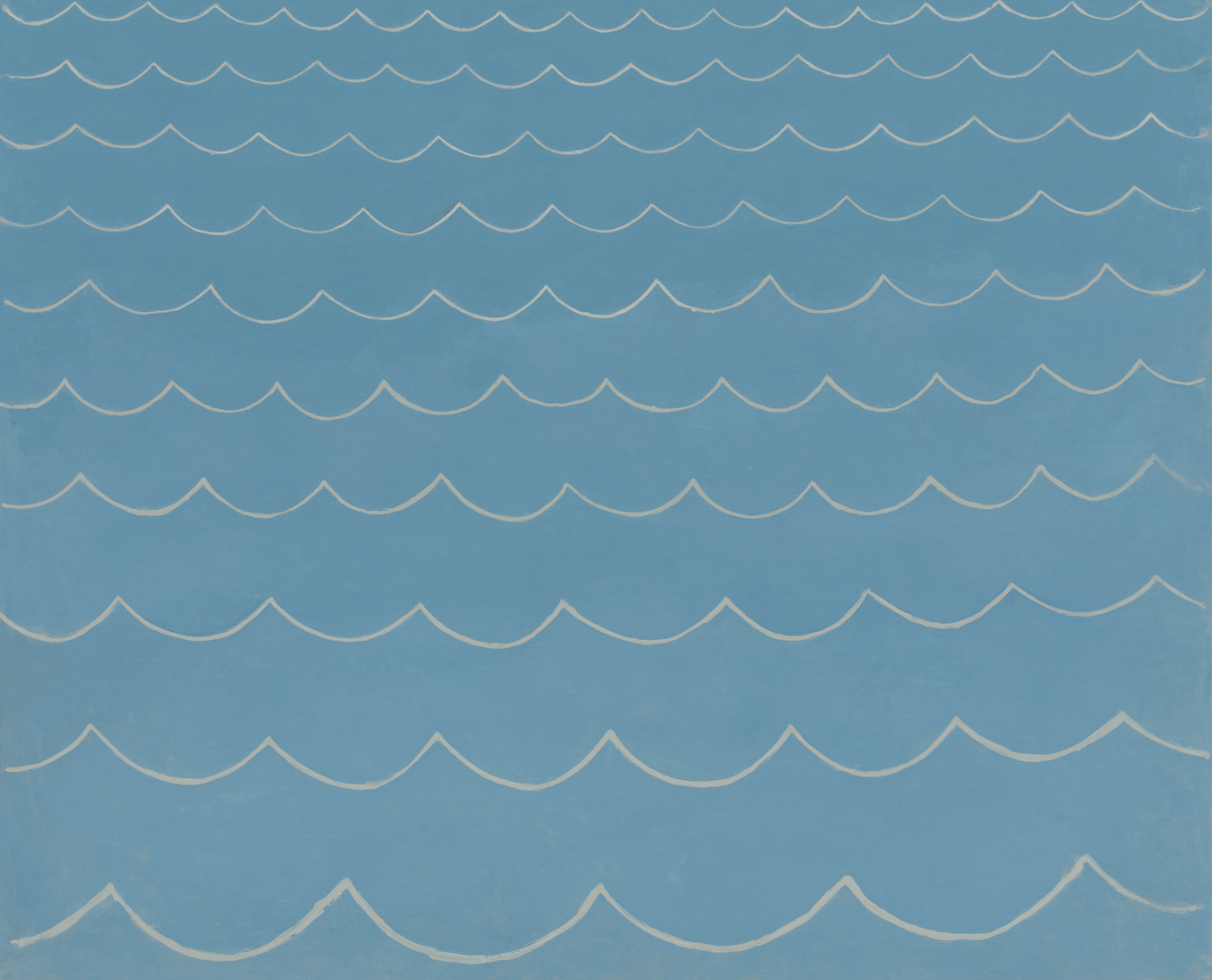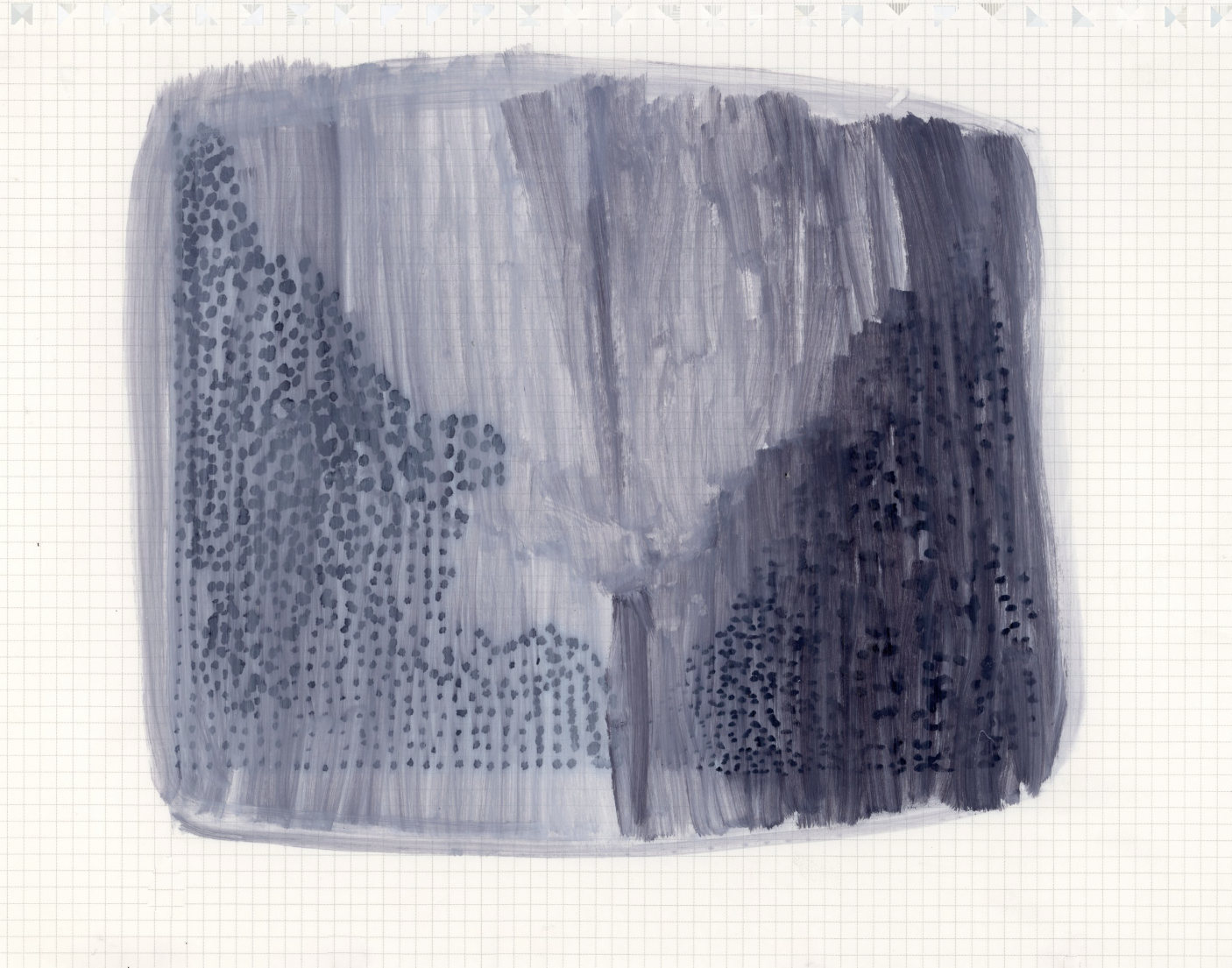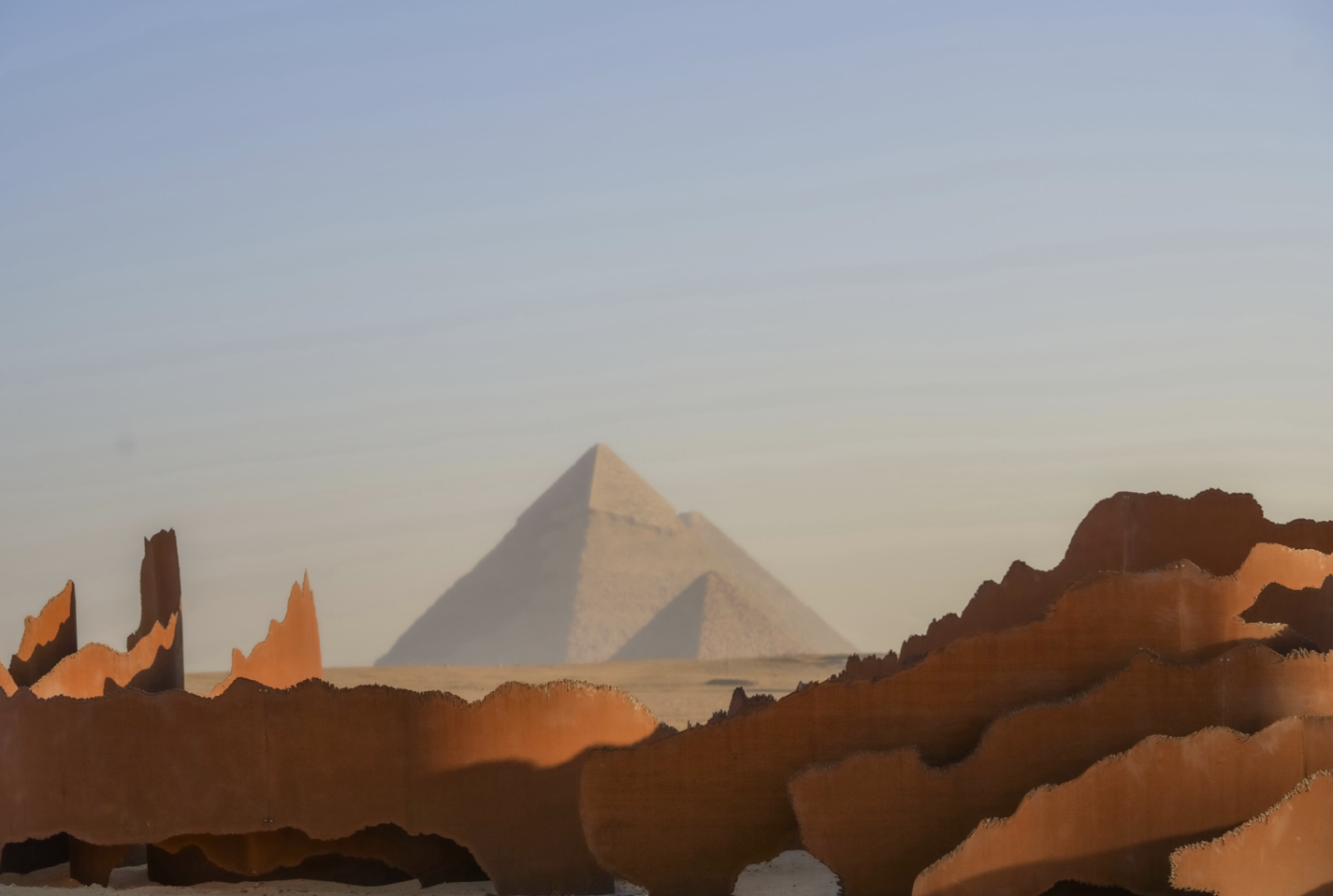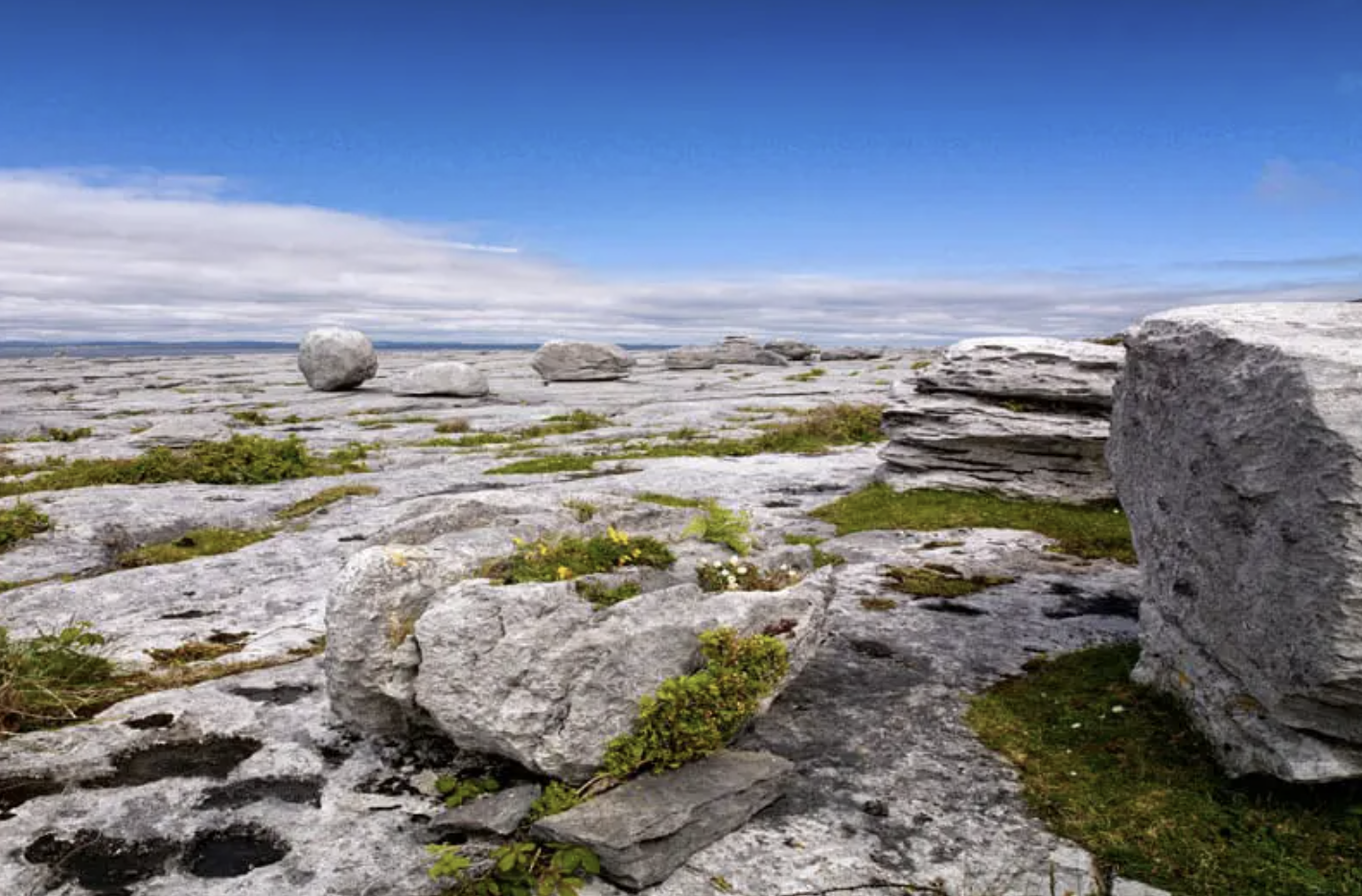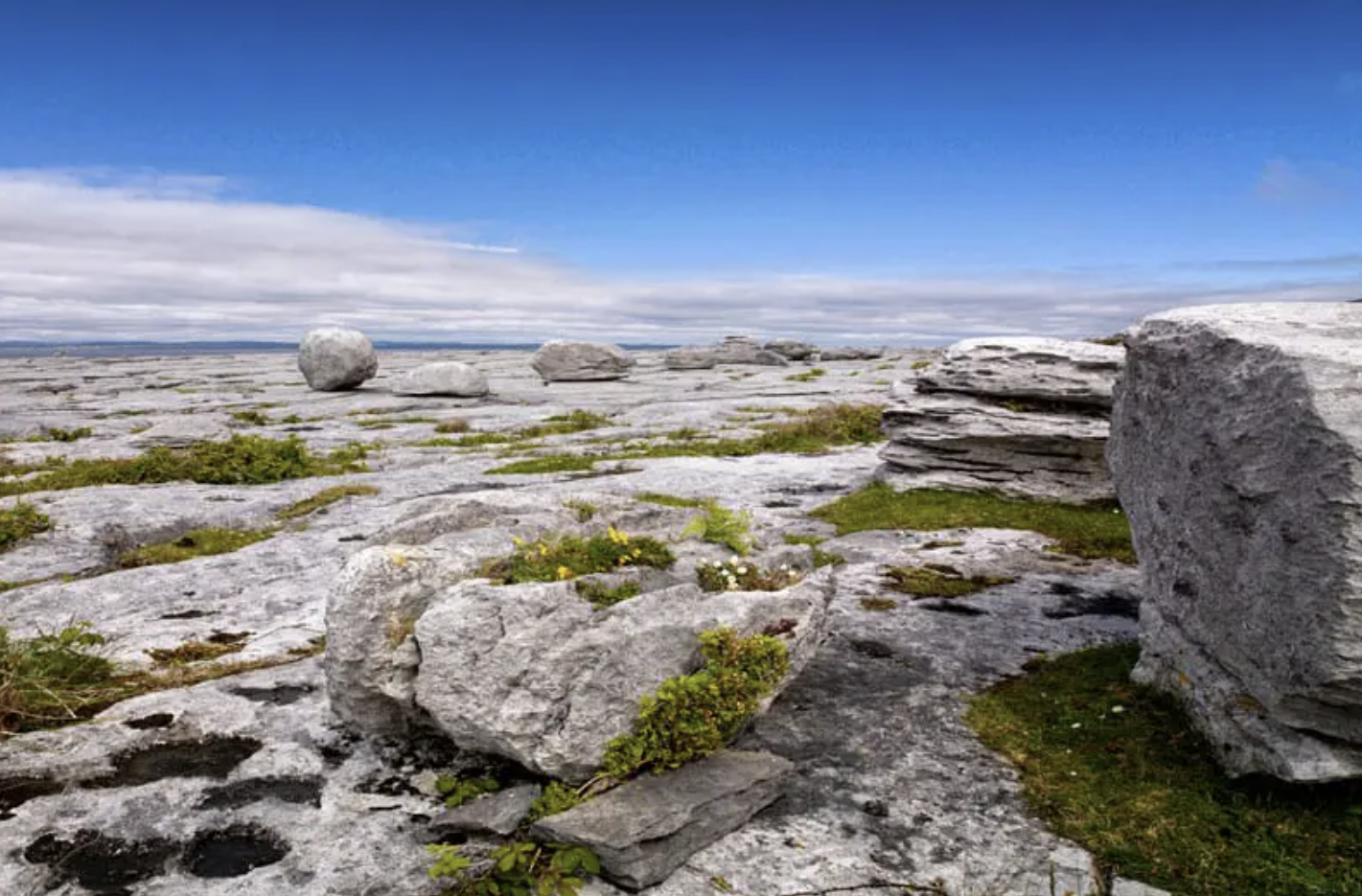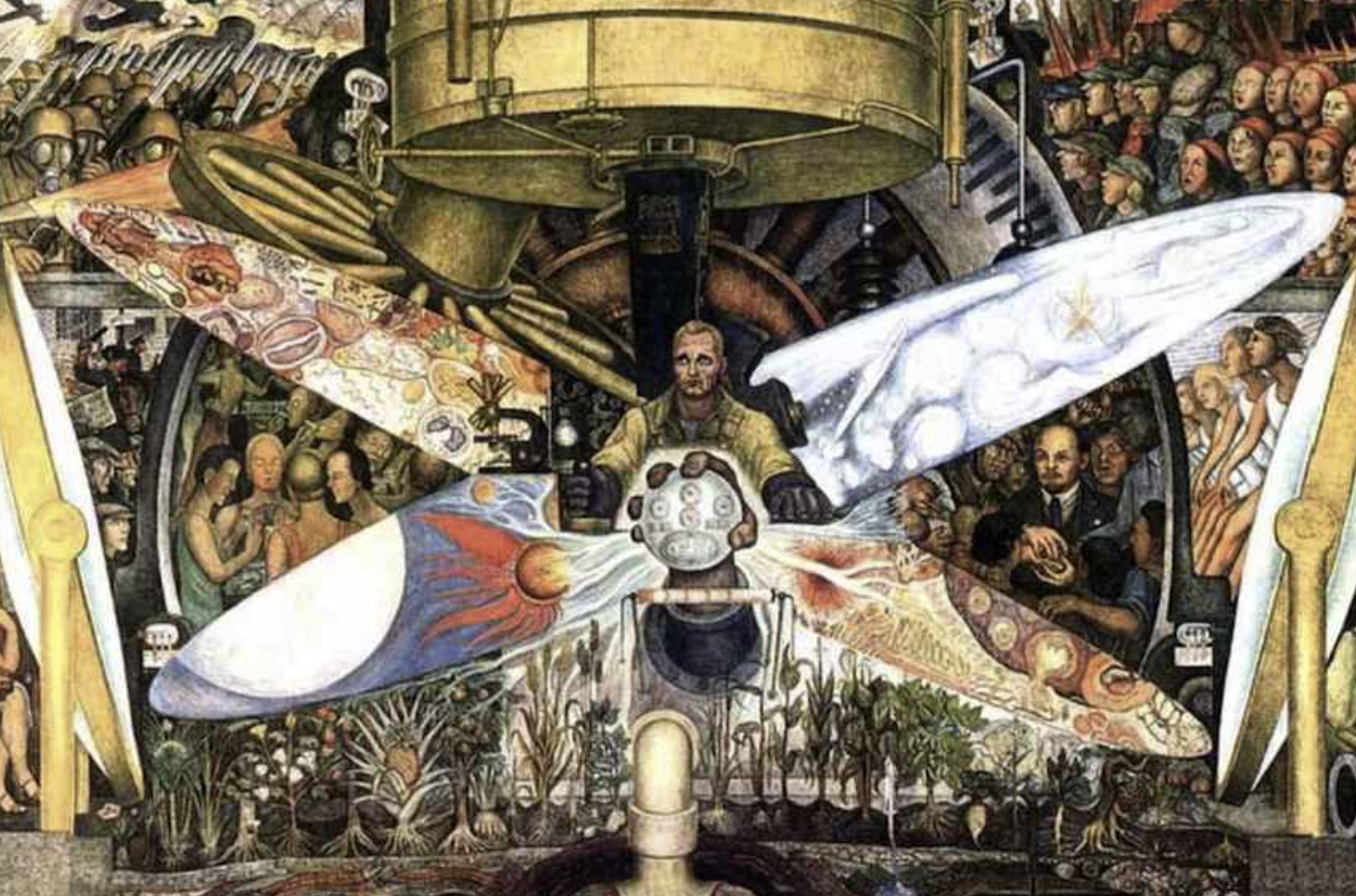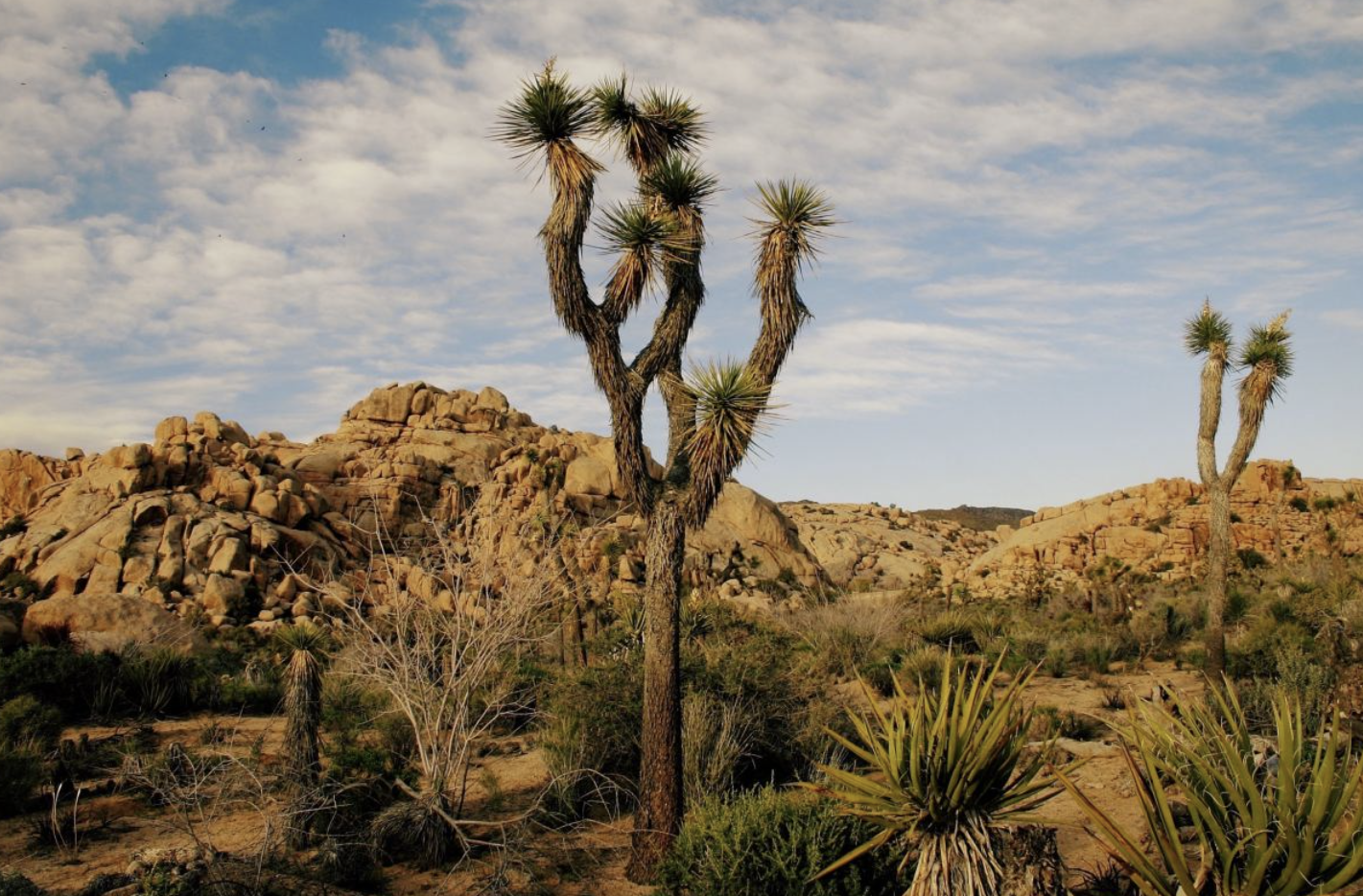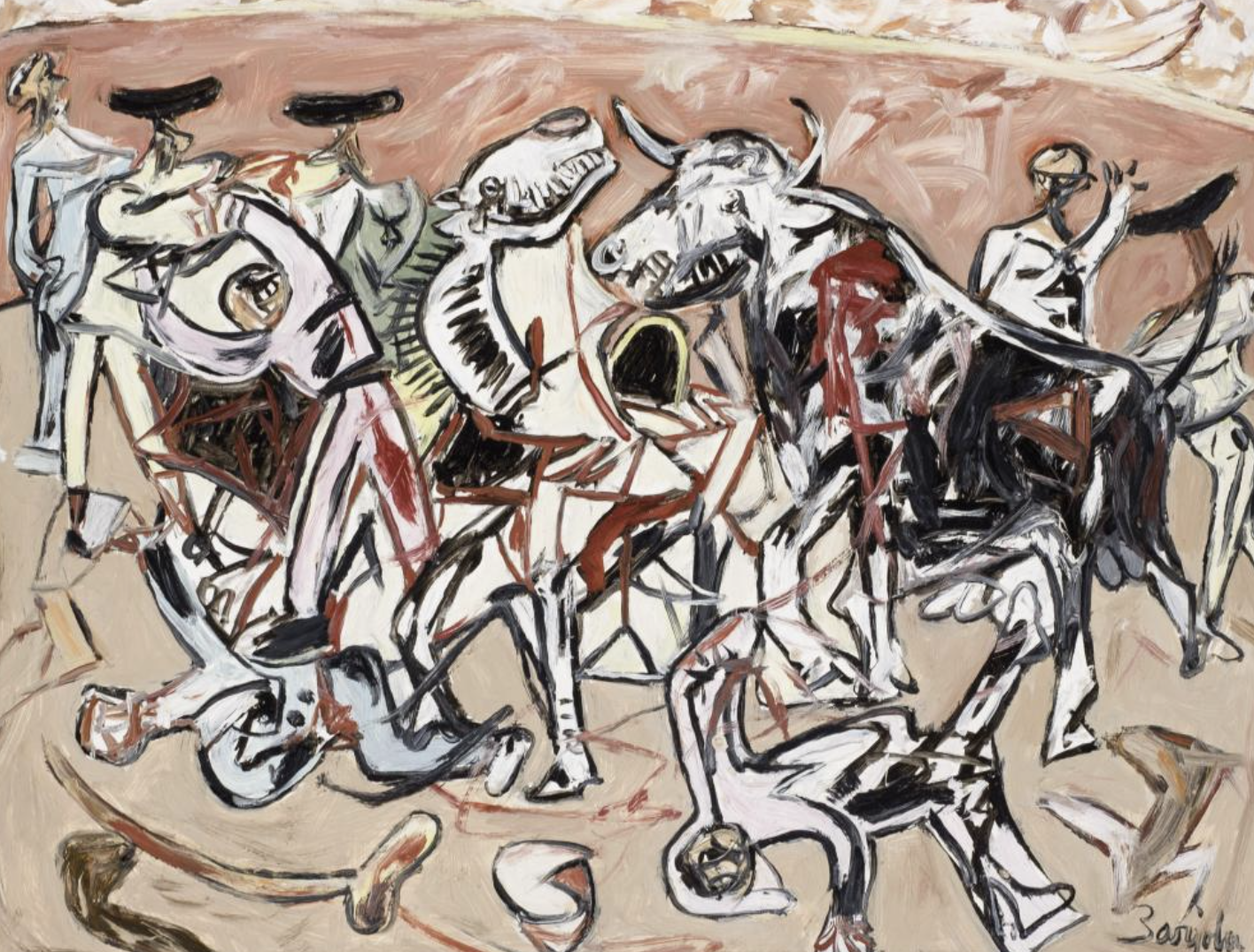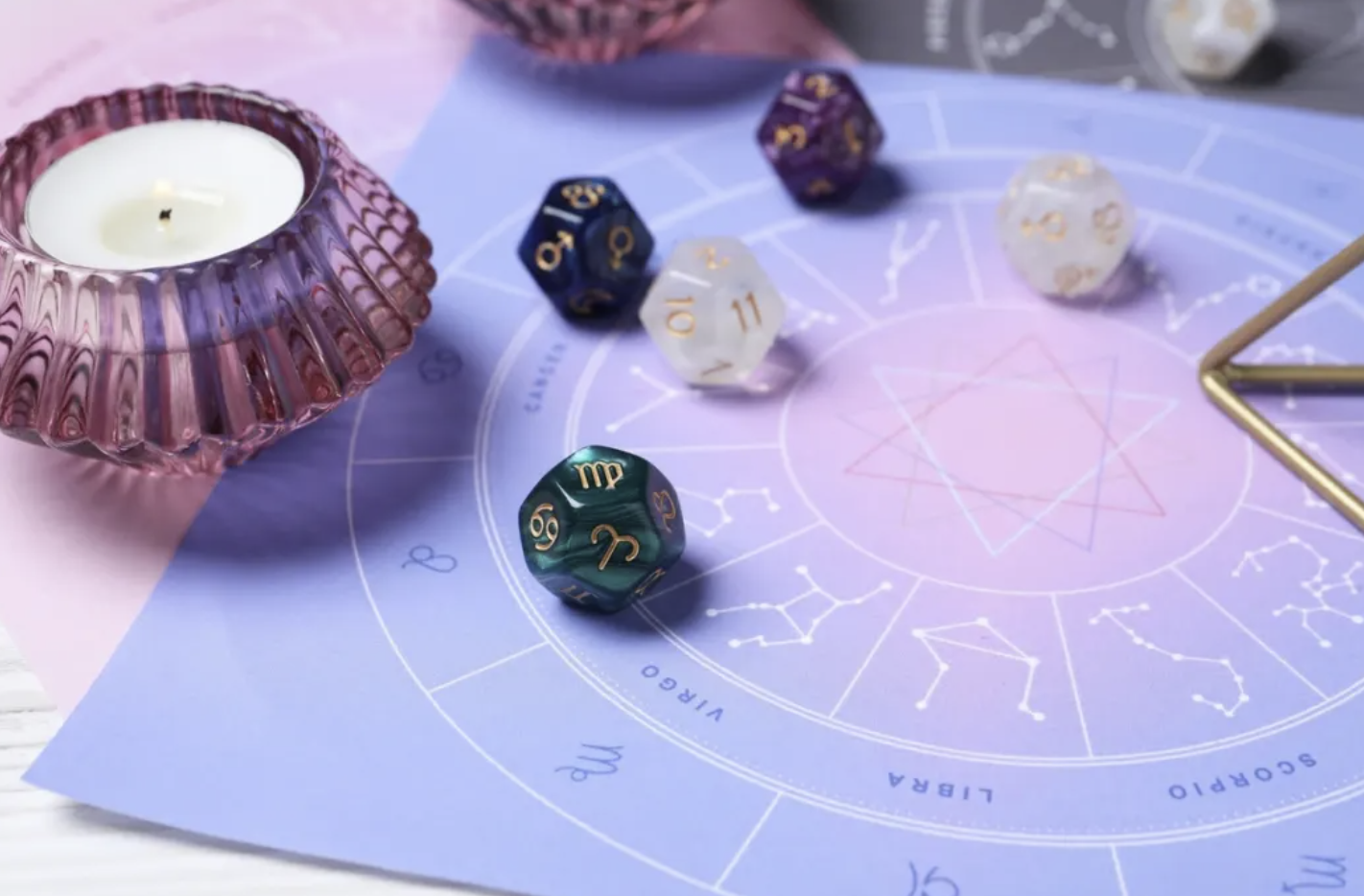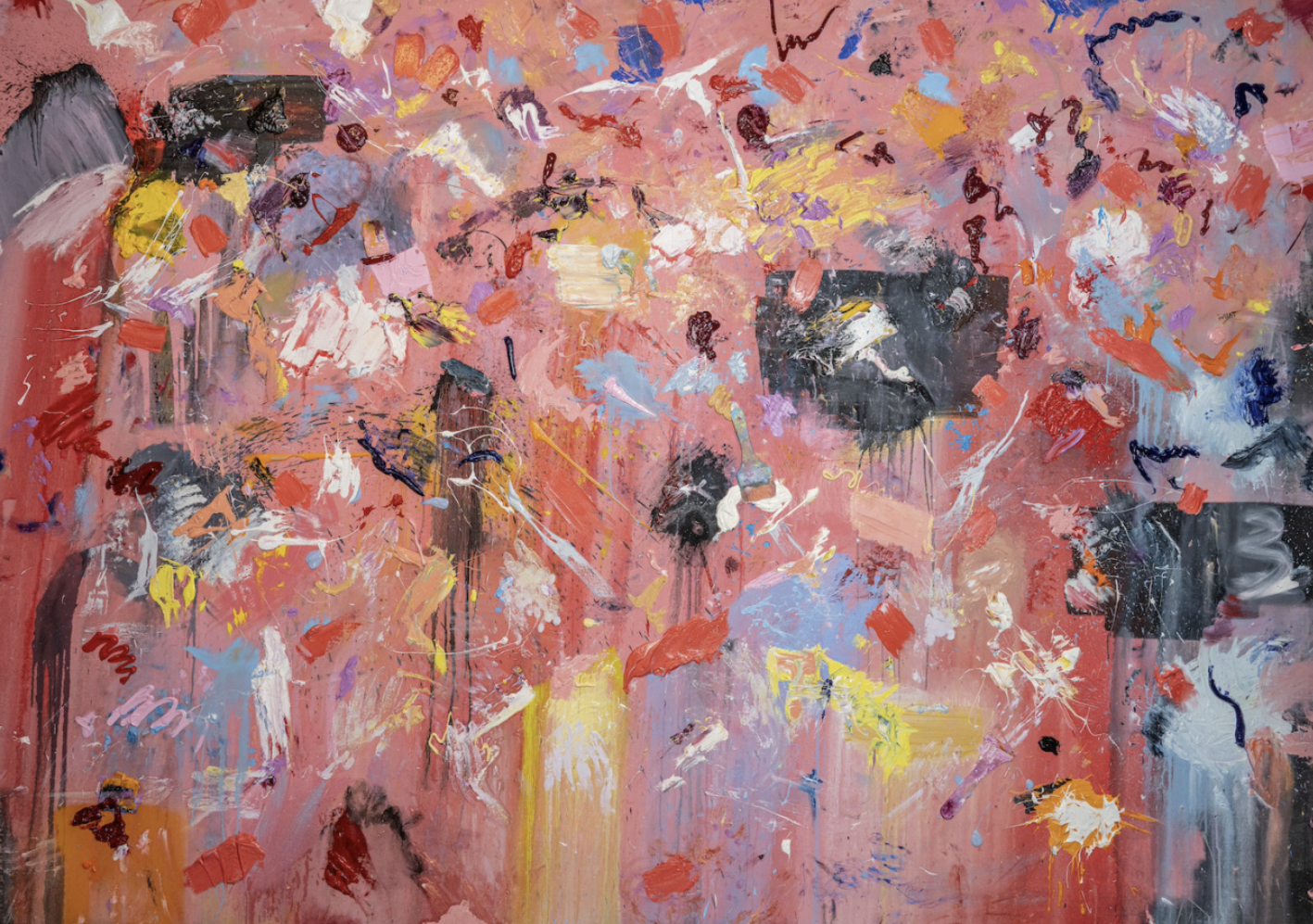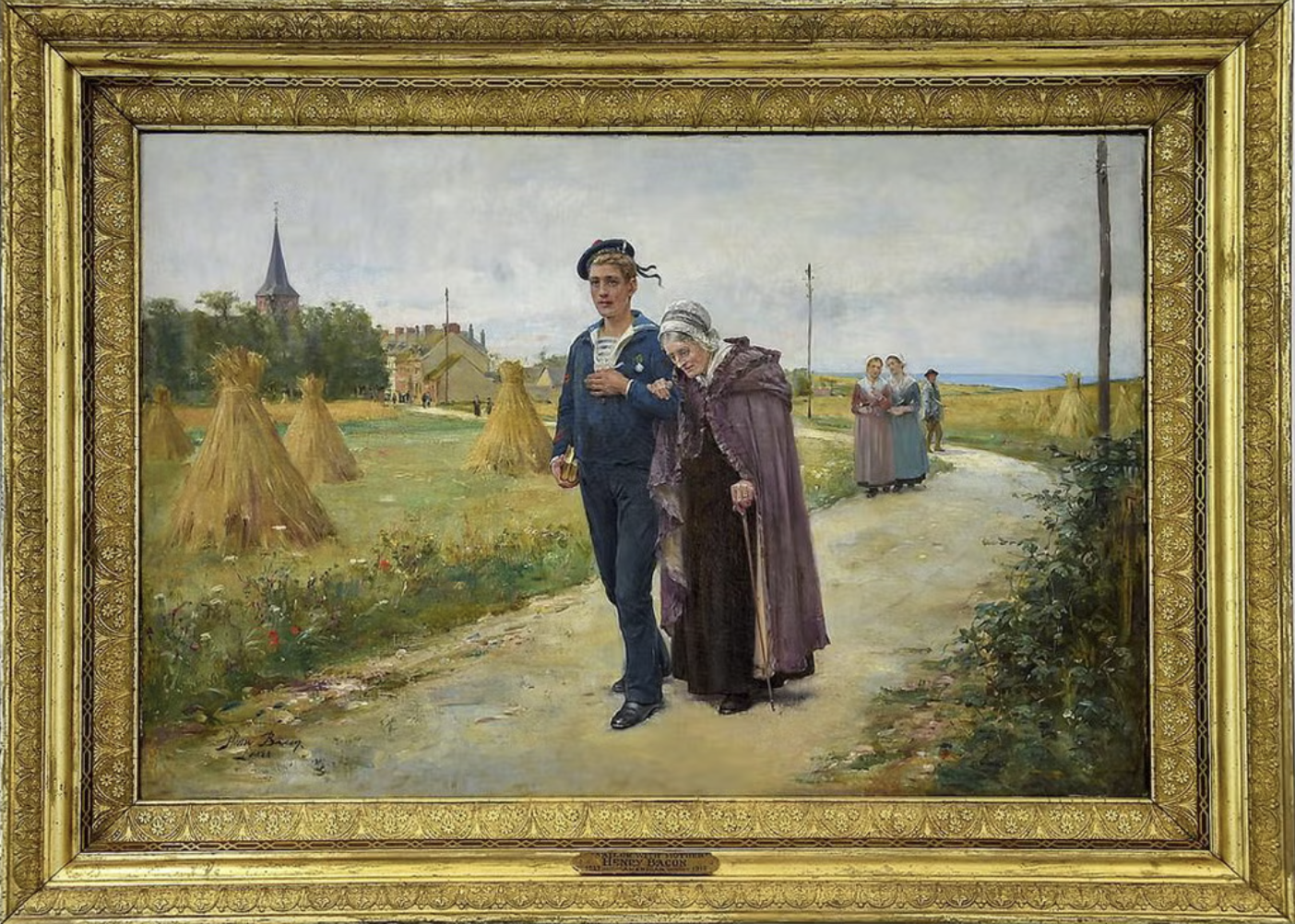
The other day, I came across a painting on social media that immediately grabbed my attention. At first, my reaction was quick—a flurry of emojis to express my enthusiasm—but I paused the slideshow to study the piece more closely. I’ve been familiar with the artist’s work for years, and the latest piece stood out as particularly compelling. This newer work felt more polished and assured than their earlier pieces, with a seamless blend of media, textures, and subtle abstract elements. It conveyed a deeper sense of confidence, moving away from bold, in-your-face statements toward something more nuanced and contemplative. The colors were richer, and the marks on the surface felt intentional rather than chaotic.
What intrigued me most was how the artist’s more recent works seemed less ironic, and more grounded in their own physical reality. There was a noticeable shift from being overtly experimental to being more confident in how they handled form and color. I found myself connecting with it on a deeper level, engaging with it more thoughtfully.
While I’ve enjoyed many of the artist’s previous works, I can’t say I was always captivated by them. Some pieces felt incomplete, leaving me with little to dwell on. They were never bad, but they didn’t always provoke extended contemplation. The difference in the newer work, however, was striking—it encouraged a longer pause and demanded a more engaged response. However, I understand that art is deeply subjective, and what I found engaging might not resonate the same way with others.
The artist’s response to my quick reaction was what really got me thinking about art in the context of social media. After sending my initial comment, the artist asked, “What do you see?” This simple question took me by surprise. It felt almost like a Rorschach test, and I wasn’t sure how to respond. Many artists, especially those who work in abstract forms, are hesitant to ask viewers what they see. They may not want their work to be reinterpreted by others, as it could stray from their original vision. Still, some artists are more relaxed about such questions, viewing them as part of the open dialogue that art can spark.
At first, I was a bit annoyed by the request. I had already expressed my appreciation for the painting, and it seemed like I was being asked to provide a deeper analysis on the spot. Yet, after a moment of reflection, I found myself compelled to respond. Maybe it was my tendency to over-explain or just my genuine curiosity about the piece, but I ended up providing a detailed reply, despite the awkwardness of the situation.
In my response, I mentioned how the painting, for me, evoked a sense of motion—a massive head crashing down, yet the true power of the piece lay not in this imagined narrative, but in the way the artist had structured the painting itself. The colors, the textures, the subtle shifts—all of these elements came together in a way that held my attention long after the initial impact.
This exchange, although brief, stayed with me. It made me think about how we engage with art in today’s world, especially on platforms like social media, where the immediacy of our reactions often takes precedence over a deeper, slower contemplation. It’s easy to scroll past a piece of art with a quick “like,” but true engagement requires a pause—a moment of reflection that allows us to connect with the artwork on a more meaningful level.
The question “What do you see?” wasn’t just a prompt for feedback; it was a challenge to slow down and really look. In the age of fast consumption, where we are constantly bombarded with information, taking the time to truly engage with art feels increasingly rare. And yet, it’s this act of slowing down, of taking the time to look more deeply, that allows us to uncover the layers of meaning that might otherwise go unnoticed.
This has become an ongoing conversation in various fields—art, literature, even sports—about the importance of slowing down and being present. In an era where speed and efficiency are prized, there’s a growing recognition of the value of stillness and mindfulness. Whether in the context of art or everyday life, taking the time to truly observe and reflect offers a richer, more meaningful experience.
In the end, this brief interaction with the artist reminded me of the importance of taking that pause—to slow down and let the experience of art unfold at its own pace. We live in a world that often encourages us to move quickly, but in the realm of art, the beauty often lies in those moments of stillness, when we allow ourselves the space to see more deeply and understand more fully.


